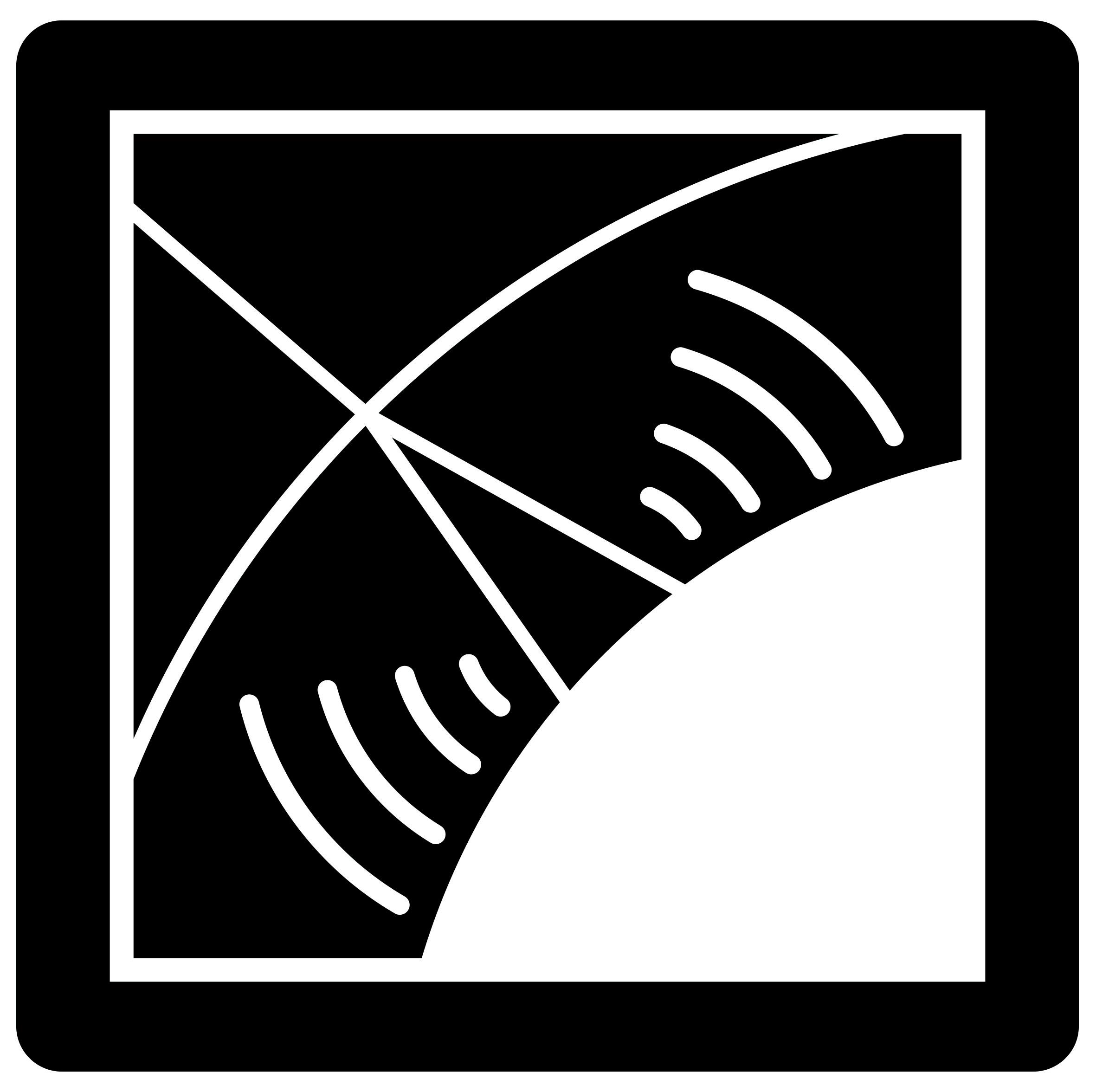AERA
While RAuger1 was running since 2007 at the center of the 1600 Cerenkov water tanks of the Auger Surface Detector (SD), several european groups were investigating the possibility to use radio detection together with the regular and plethoric detection of cosmic rays made by the SD and the fluorescence detectors of Auger.

These initiatives officially started in 2009 and were concretized in 2013 with the finalization of the large scale AERA experiment (Auger Engineering Radio Array). The latter developed in 2 phases, first using 24 large LPDA antennas over a small scale and a fiber network for communication (2011), later on completed by 130 Butterfly antennas and a new station electronics, embedded in a more compact way and using Wifi for slow control and data transmission. AERA spreads over more than 13 km2, and works either in autonomous mode (triggering is made at the level of the stations) or externally triggered mode (an acquisition order is sent by the Auger DAQ on the recording of a new SD event).

